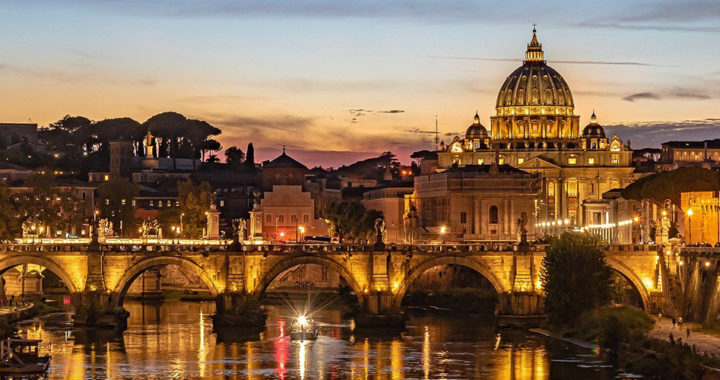How does the economy of Vatican City work? What are the economic activities? How does it earn revenues? What are the public expenses? How does it operate and maintain relevant government functions?
The city-state enclaved within Rome is not only the smallest sovereign state in the world in terms of land area and population but also remains as one of the most influential global sociopolitical entities. After all, it is at the center of Roman Catholicism.
Of course, because it is still a political entity, it requires administration. Major public expenditures include administrative upkeep, salaries of more than 2800 employees, and maintenance of buildings and infrastructures.
Understanding the economy of Vatican City requires an overview of how the city-state generates revenue from its economic activities. Take note of the following:
The Major Economic Activities of Vatican City
Donations to the Holy See from Catholics Around the World
Note that there is a difference between the Holy See and Vatican City. The former is both the actual governing body of the city-state and the jurisdiction of the Bishop of Rome or the Pope. On the other hand, the latter pertains to the physical territory where the Holy See resides.
The Holy See generates revenue from Peter’s Pence or the Alms of St. Peter. It is an 8th-century term for donations received from adherents of the Roman Catholic Church from around the world. Part of the collected donations is used to finance the administrative upkeep of the Holy See while the other portion goes to charitable activities.
Museum Admissions and Sales of Stamps, Coins, and Mementos
The main economic activity of Vatican City centers on tourism. Although it does not have an official tourism effort, the city-state earns revenues through museum admissions, guided tours, and sales of highly sought-after stamps, coins, mementos, and publications.
Some notable tourist attractions are the Basilica of St. Peter’s, the Sistine Chapel, as well as libraries and museums. Aside from sales from admission, these attractions also serve as front stores for selling various souvenirs and memorabilia such as postage stamps and coins.
Investment Activities via the Institute for the Works of Religion
The Istituto per le Opere di Religione, also known as the Institute for the Works of Religion or simply, the Vatican Bank is a private bank that reports to Supervisory Commission of Cardinals and the Pope. It is also regulated by a supervisory body of the Vatican called the Autorità di Informazione Finanziaria.
Aside from providing for the safekeeping and administration of movable and immovable assets intended for works of religion and charity, it also oversees the investment of the Holy See in a portfolio composed of stocks and bonds. Investments are conservative, with the majority directed to established Italian industries with minor activities in real estate around the world, and European currencies and bonds.
FURTHER READINGS AND REFERENCES
- Jorisch, A. 2012, June 26. “The Vatican Bank: The Most Secret Bank in the World.” Forbes. Available online
- Parker, T. 2013, March 5. “The Secret Finances of the Vatican Economy.” Investopedia. Available online
- Rocca, F. X. 2019, December 11. “Vatican Uses Donations for the Poor to Plug its Budget Deficit.” The Wall Street Journal. Available online





